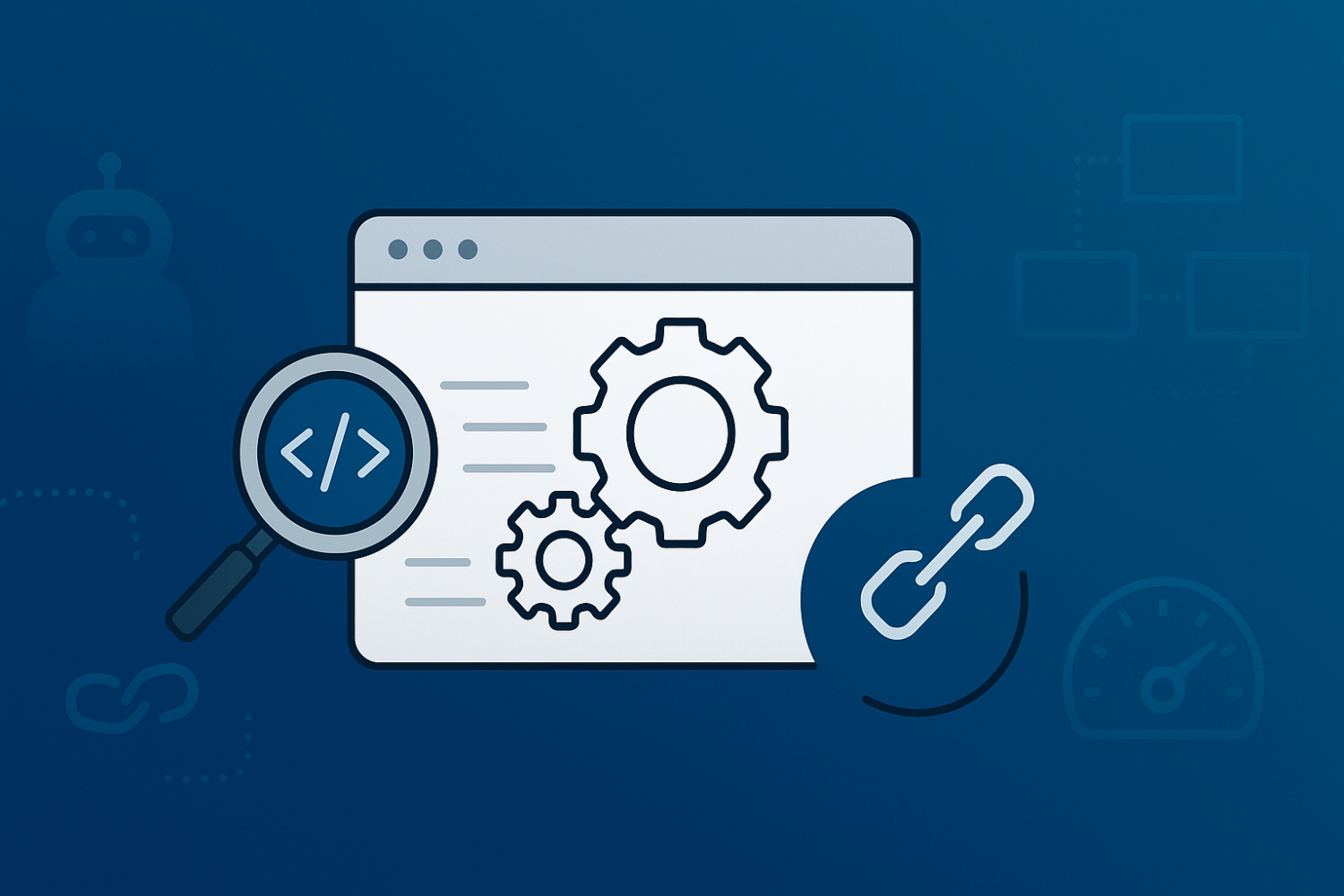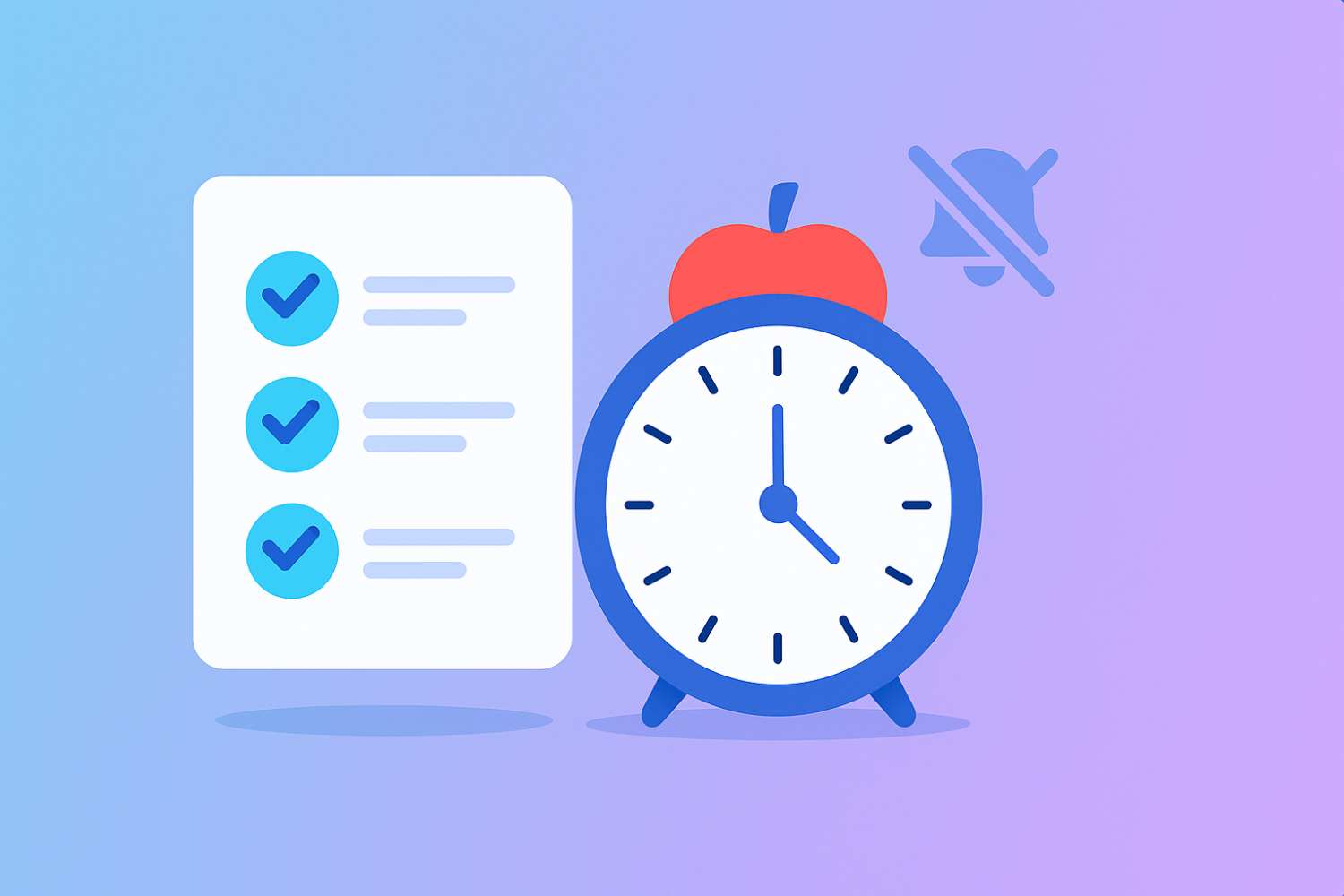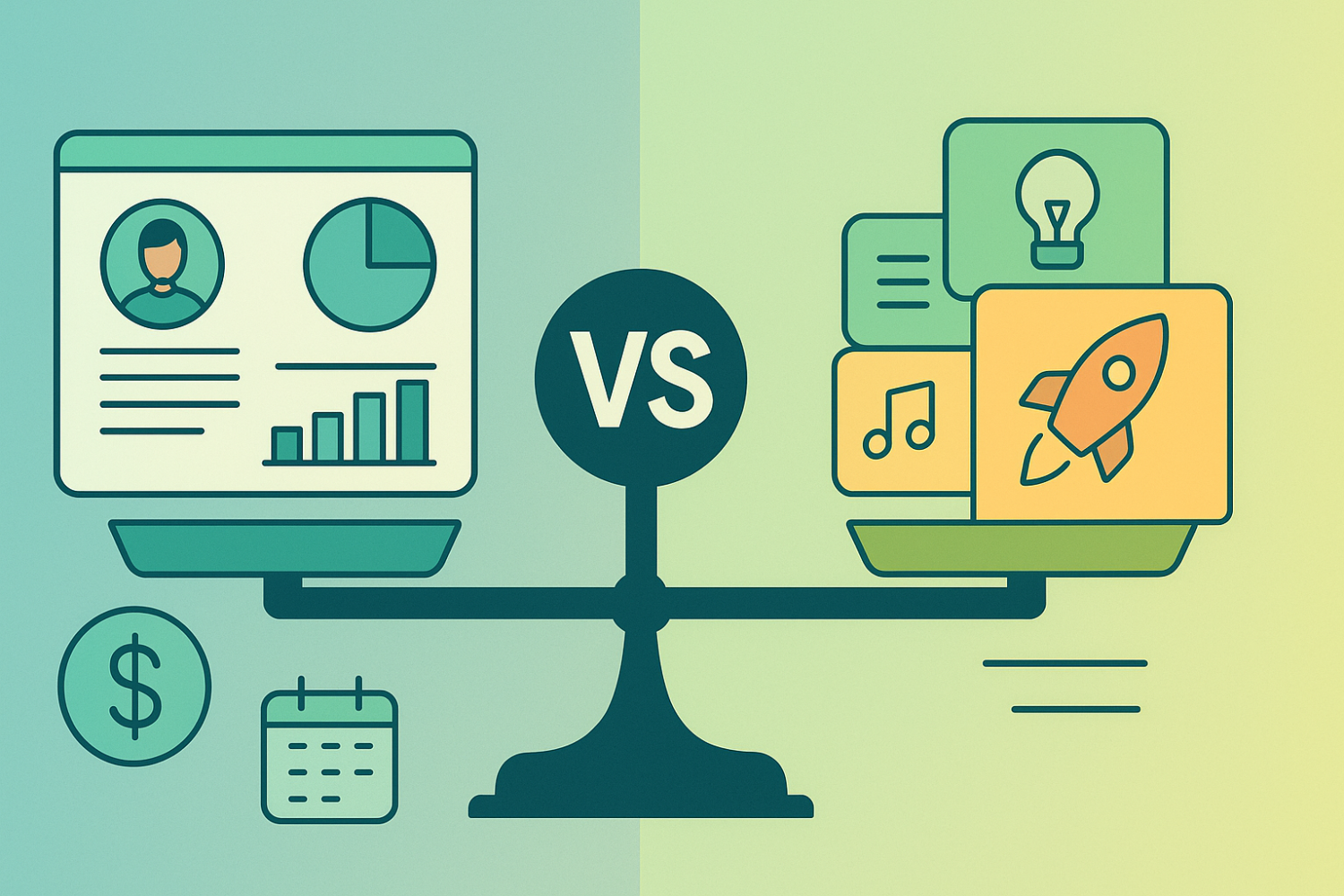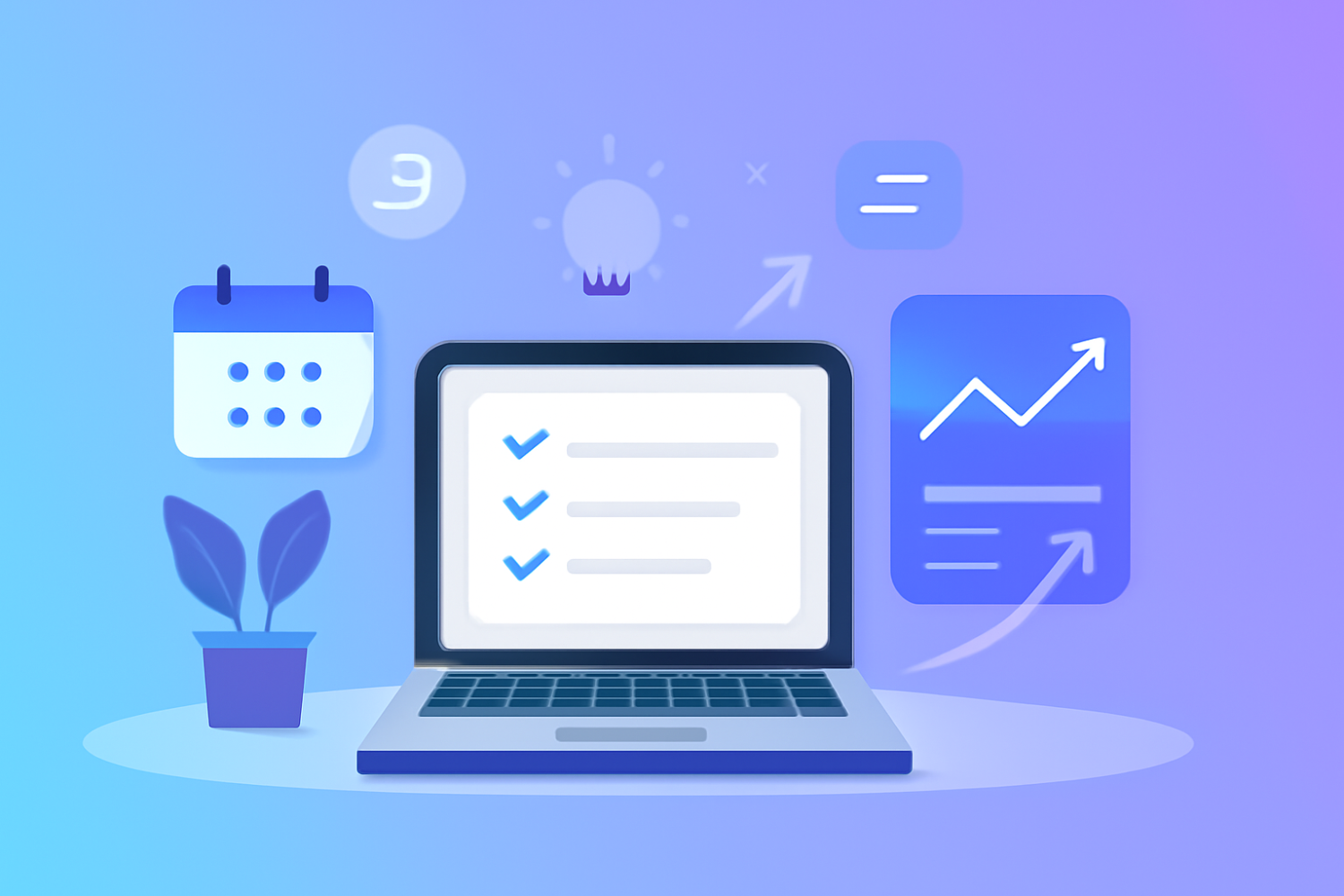Critical Technical SEO Issues That Damage Your Google Rankings

Introduction to Technical SEO
Technical SEO encompasses the fundamental aspects of optimizing a website for search engines, addressing the architecture, coding, and backend processes that facilitate efficient crawling and indexing by search engines. Unlike traditional SEO, which often emphasizes content and keyword strategies, technical SEO focuses on the underlying technology that supports a website's performance. By prioritizing this technical foundation, website owners can significantly enhance user experience and overall site functionality, key elements that contribute to improved Google rankings.
One of the primary functions of technical SEO is to ensure that search engine bots can navigate through a website seamlessly. This involves optimizing various elements, such as site speed, mobile-friendliness, and ensuring there are no website crawl errors that may hinder the indexing process. If a site is slow to load or if there are broken links, users may disengage, ultimately resulting in high bounce rates and lower search engine rankings. Consequently, addressing these technical SEO issues is crucial for maintaining a competitive edge in the digital marketplace.
Neglecting technical SEO can lead to significant setbacks, including diminished website visibility and reduced traffic from organic search. When technical parameters are not adequately managed, even high-quality content may struggle to achieve desired rankings on Google. This underscores the importance of a holistic approach to SEO, where technical optimizations are viewed as the groundwork upon which successful deeper strategies can be built. It is essential to recognize that technical SEO is not a one-time fix but rather an ongoing process that requires regular audits and updates to avoid falling prey to the evolving landscape of search engine algorithms.
Understanding Broken Links
Broken links, often referred to as dead links, are hyperlinks on a webpage that lead to a destination that is unavailable or no longer exists. These links can occur due to various reasons, such as a webpage being removed, changes to the URL structure, or an external website shutting down. The presence of broken links can significantly damage user experience, causing frustration when visitors seek valuable information that is no longer accessible.
From an SEO perspective, broken links can create several adverse effects on your website’s performance. Two main types of broken links are internal and external. Internal broken links occur within your own site, leading users to non-existent pages. External broken links point to resources hosted on other websites and can damage your credibility when those links become obsolete. Both types of broken links can lead to loss in search engine trust and authority, ultimately impacting Google rankings. Search engines prioritize user experience and relevance, and they may penalize websites with numerous broken links by lowering their visibility in search results.
To efficiently manage broken links, website owners should employ various tools designed to identify these SEO issues. Tools such as Google Search Console, Screaming Frog, or Ahrefs can assist in scanning a website for broken links, allowing for timely rectification. Fixing broken links is critical not only for enhancing user experience but also for maintaining the site’s integrity in the eyes of search engines. Regular audits can help ensure that all links lead to functioning pages, contributing to improved site speed optimization and overall website performance. By consistently addressing broken links, webmasters can foster a reliable browsing environment that sustains user trust and optimizes their site for better ranking results.
The Importance of Site Speed
Site speed plays a pivotal role in both technical SEO and user satisfaction. As digital consumers become increasingly impatient, the speed at which a website loads significantly impacts their experience. Research indicates that approximately 47% of users expect a page to load in two seconds or less, while 40% will abandon a website that takes three seconds or more to load. Such slow loading times can directly contribute to increased bounce rates and lower conversion rates, effectively undermining the success of online businesses.
In the realm of technical SEO, Google recognizes site speed as an essential ranking factor. The search engine’s algorithms consider various speed metrics when evaluating and ranking websites. For instance, the Core Web Vitals established by Google focus on three primary aspects: loading performance (Largest Contentful Paint), interactivity (First Input Delay), and visual stability (Cumulative Layout Shift). Websites that excel in these areas are more likely to rank higher on search results, as they offer users a smoother browsing experience.
To manage and improve site speed effectively, website owners must consider several metrics. Tools such as Google PageSpeed Insights, GTmetrix, and Pingdom provide comprehensive data on loading times and offer suggestions for optimization. Site speed optimization can include techniques such as reducing image sizes, enabling browser caching, minimizing HTTP requests, and employing Content Delivery Networks (CDNs). Regularly monitoring for website crawl errors and fixing broken links contributes to maintaining optimal site performance. Moreover, given that the average site speed is often associated with user retention and satisfaction, investing in these strategies ultimately benefits not just SEO rankings but also enhances the overall user experience.
Crawl Errors and Their Impact
Crawl errors occur when search engine bots attempt to access a webpage but encounter obstacles that prevent successful indexing. These errors can significantly impair a website's technical SEO, ultimately affecting its visibility and rankings in search results. If Google cannot access and analyze a webpage, it is essentially invisible to potential searchers, compromising the site's overall performance in search engine rankings.
There are several types of crawl errors that website owners should be aware of. One common error is the 404 Not Found error, which occurs when users try to reach a page that no longer exists. This can result from deleted content or broken links, leading to user frustration and a negative impact on site speed optimization. Another type is server errors (5xx errors), which happen when the server fails to fulfill a valid request. Both lead to a poor user experience and indicate to search engines that the site may not be well-maintained.
Diagnosing crawl errors is essential for maintaining a healthy website. Tools like Google Search Console provide comprehensive insights into site performance, allowing webmasters to identify and analyze various crawl errors. Within this platform, users can access reports that highlight specific issues, such as the number of 404 errors or server errors encountered by search engine bots. Once identified, site owners can take steps to rectify these issues, such as fixing broken links, redirecting outdated URLs to relevant content, or addressing server configurations to improve reliability.
Ultimately, resolving crawl errors is critical for ensuring effective indexing and enhancing overall technical SEO. By addressing these issues promptly, website owners can improve their site's google rankings and ensure a more seamless experience for visitors.
Duplicate Content Dilemmas
Duplicate content is a prevalent issue that can significantly harm your website's visibility and lead to complications in technical SEO, impacting your Google rankings. When search engines encounter identical or highly similar content across multiple URLs, they can struggle to determine which version should be prioritized in search results. This confusion not only detracts from user experience but also may result in penalties that adversely affect your SEO performance.
Several factors contribute to the occurrence of duplicate content. URL variations often create multiple access points for the same content; for example, parameters added to a URL can lead to different URLs serving the same page. Additionally, content replication may arise from using similar product descriptions across an e-commerce site. Such redundancy can dilute the authority of your content, making it more challenging for search engines to assess its credibility.
Fortunately, there are effective strategies for identifying and resolving duplicate content issues. Employing tools like Google Search Console can help you uncover website crawl errors related to duplicate pages. Once identified, implementing canonical tags is one of the most effective methods for signaling the preferred version of a page to search engines. This tag informs search engines which URL should be considered the original, consolidating ranking signals and combating potential SEO issues. Furthermore, you can fix broken links that may lead to duplicate content by routinely auditing your website and correcting any discrepancies in navigation.
By employing these strategies, you can enhance your technical SEO practices and improve your Google rankings, ensuring that your website presents unique and valuable content to users without the interference caused by duplication.
Mobile Optimization Essentials
In today’s digital landscape, mobile optimization has become increasingly critical for achieving good Google rankings. With a growing number of users accessing websites through mobile devices, Google has prioritized mobile-friendly sites in its search algorithm. This focus means that websites lacking proper mobile optimization may face significant SEO issues that can hinder visibility and traffic.
A poorly optimized mobile experience can lead to various consequences, such as increased bounce rates and decreased user engagement. Websites that load slowly or are difficult to navigate on mobile devices are likely to frustrate visitors, prompting them to abandon the page and seek alternative options. The result is not only a negative user experience but also diminished website crawl errors and potential penalties from search engines, further impairing the site's performance in search results.
To ensure a website is responsive and offers an excellent user experience on mobile, several best practices should be considered. Firstly, invest in a responsive web design that automatically adjusts layouts based on the screen size. This approach streamlines the user experience and reduces the likelihood of disruption caused by multiple versions of the site. Additionally, site speed optimization is essential. Mobile users tend to have less patience; thus, optimizing images, leveraging browser caching, and minimizing scripts can significantly improve load times.
Another crucial aspect is the importance of fixing broken links that may exist on the mobile version of the site. Regularly auditing your site can help identify these links and ensure seamless navigation for your visitors. Furthermore, incorporating touch-friendly elements, such as larger buttons and clear navigation paths, will also enhance accessibility. As mobile usage continues to rise, taking these steps will not only address technical SEO concerns but will also solidify your website's competitive edge in search engine rankings.
Proper Use of Meta Tags
Meta tags play a pivotal role in technical SEO, serving as vital components that help search engines understand the content of web pages. Among the various meta tags, title tags and meta descriptions are two of the most significant. The title tag, often referred to as the page title, appears in search engine results and browser tabs, directly impacting click-through rates. Meanwhile, the meta description provides a brief summary of the page content and is equally essential for attracting user attention. When optimized correctly, these elements can enhance a website's visibility and contribute positively to its Google rankings.
However, improper use, absence, or duplication of meta tags can create prevailing SEO issues, resulting in detrimental effects on organic search performance. For instance, using generic or non-descriptive title tags fails to convey the page’s value to both users and search engines, decreasing its relevance in search results. Similarly, duplicate meta tags across multiple pages can confuse search engines and dilute the website's authority. This situation is particularly concerning when it leads to website crawl errors, preventing search engines from indexing unique content adequately.
To create effective and unique meta tags, follow these guidelines: First, ensure each title tag is succinct yet descriptive, ideally within the 50-60 character range, incorporating primary keywords relevant to the page. Second, craft engaging meta descriptions that accurately reflect the content, compelling users to click for more information, while keeping them to around 150-160 characters in length. Additionally, avoid duplications by ensuring every page has distinct meta tags, as this can mitigate confusion and enhance site speed optimization, ultimately paving the way for improved Google rankings.
XML Sitemap and Robots.txt Optimization
XML sitemaps and robots.txt files play a crucial role in technical SEO, assisting search engines in crawling and indexing a website effectively. An XML sitemap acts as a roadmap for search engine bots, providing them with a comprehensive list of URLs on your site. This ensures that even if some pages are not easily discovered through internal links, search engines can still find and index them. Conversely, the robots.txt file instructs search engines on which parts of the site should or should not be crawled, preventing unnecessary indexing of low-value pages and optimizing the crawl budget.
Common mistakes regarding these critical files can significantly impact SEO performance. For instance, a missing or improperly configured XML sitemap can lead to suboptimal indexing, resulting in decreased visibility and lower Google rankings. Similarly, if the robots.txt file is incorrectly set up, it may inadvertently block valuable content from being crawled, consequently resulting in website crawl errors. Over time, these issues can accumulate, further exacerbating potential SEO problems and affecting overall site performance.
To create and optimize an XML sitemap, it is recommended to ensure it adheres to the sitemap protocol. This includes including only canonical versions of URLs, keeping the sitemap under 50MB or 50,000 URLs, and using the correct XML format. Submitting the sitemap through Google Search Console can also help notify search engines of any updates. As for the robots.txt file, it is crucial to regularly review the directives to ensure they align with the current structure and goals of the website. By regularly monitoring and making adjustments, you can fix broken links and ensure appropriate content accessibility, thus enhancing site speed optimization and overall SEO performance.
Conclusion and Summary of Solutions
Addressing technical SEO issues is paramount for optimizing your website's performance and enhancing its visibility on search engines like Google. Throughout this blog post, we have explored several critical aspects that can negatively impact your Google rankings. Among these, website crawl errors can prevent search engines from indexing your content effectively, thereby limiting your site’s exposure to potential visitors. Fixing broken links is equally essential, as they can frustrate users and lead to high bounce rates, further diminishing your site’s credibility in the eyes of search engines.
Additionally, site speed optimization plays a crucial role in retaining visitors and improving user experience. A slow-loading website not only hampers user engagement but also sends negative signals to search engines, adversely affecting your rankings. By prioritizing these elements, you can ensure that your site operates efficiently and retains users, which is vital for keeping a competitive edge in today's digital landscape.
To foster a comprehensive approach to resolving these technical SEO issues, it is important to implement the beginner-friendly solutions provided in previous sections. Regular audits of your site can help you identify potential problems, while employing tools designed for SEO analysis can streamline the process of detecting and rectifying issues. Additionally, enhancing your website's architecture, optimizing images, and regularly checking for dead links can significantly boost your site's overall health.
Ultimately, the commitment to addressing these technical challenges can lead to significant improvements in Google rankings, enhanced user experience, and greater overall site performance. Thus, taking the time to rectify technical SEO issues is an investment in the long-term success of your online presence.










